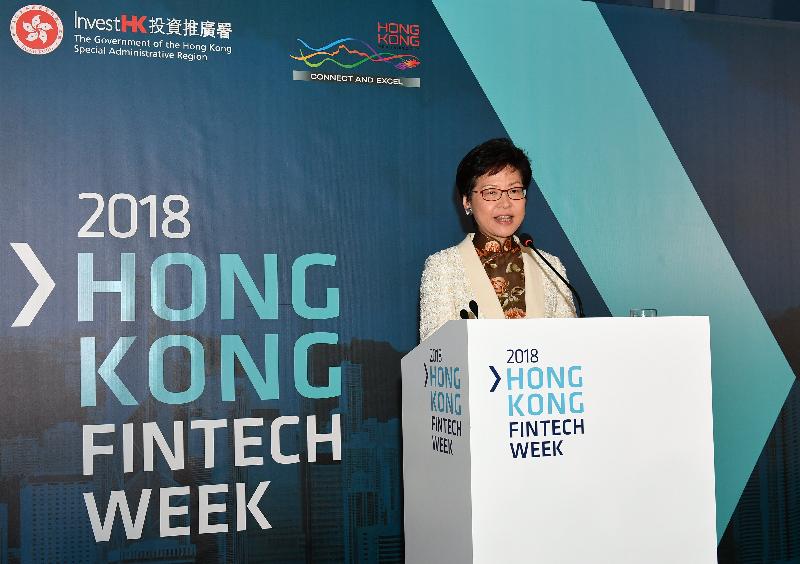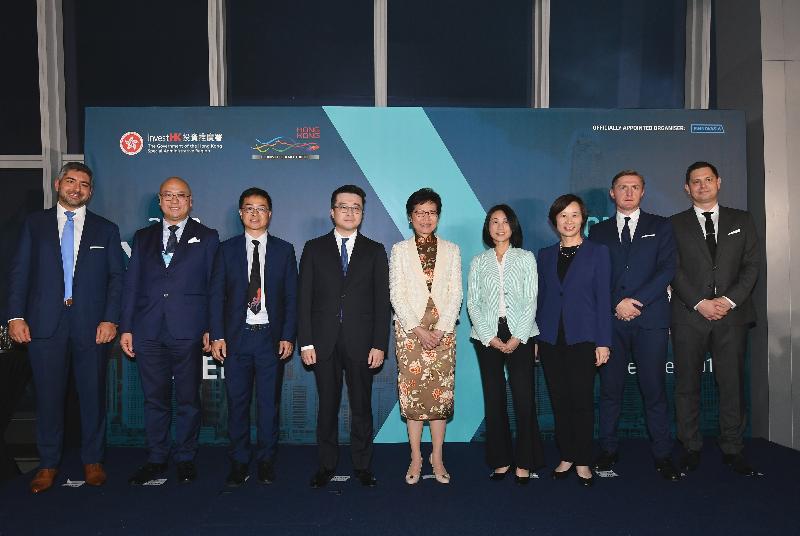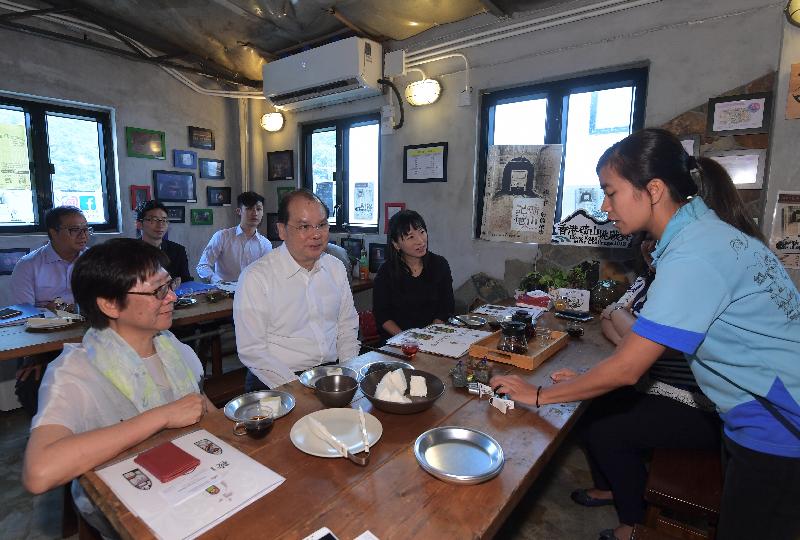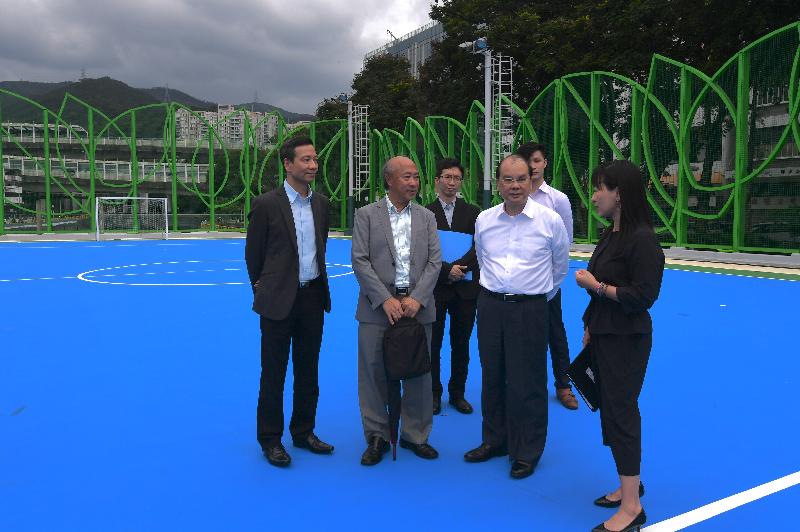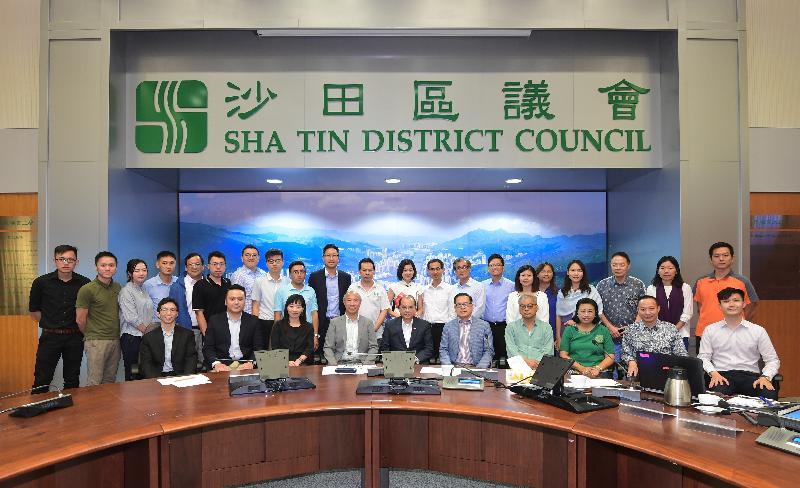Tenders invited for Kwai Tsing District Health Centre
The Food and Health Bureau (FHB) today (September 12) invited open tenders from non-public entities to provide services for the operation of the Kwai Tsing District Health Centre (DHC), marking a step forward in strengthening the district's primary healthcare services.
The Kwai Tsing DHC will be a hub comprising a Core Centre serving as the DHC headquarters, supplemented by five Satellite Centres in Kwai Tsing sub-districts and a network of medical and healthcare practitioners providing multiple access and service points.
"We aim to establish the DHC in Kwai Tsing District around the third quarter of next year with a brand new operation mode and funding support from the Government. Through public-private partnership and medical-social collaboration, the centre will provide district-based primary healthcare services which cater for the needs and characteristics of the district and enhance public awareness of disease prevention and their ability in self-management of health," said a spokesman for the FHB.
The successful tenderer (i.e. the future operator of the DHC), upon being awarded the service contract in early 2019, will gear up for the targeted commissioning of the Kwai Tsing DHC and service network as from October 2019 for a three-year operation period.
The operator will be responsible for recruiting:
(a) a Core Team (with an Executive Director and a Chief Care Co-ordinator as key personnel, along with a minimum of 19 other healthcare workers, social workers, administrative staff, etc). The key personnel should commence service within three months upon contract award, and the rest suitably before the targeted DHC commissioning in October 2019;
(b) a network of medical and healthcare professionals (at least 10 medical practitioners, and at least 20 healthcare professionals including physiotherapists, occupational therapists, pharmacists and Chinese medicine practitioners) from Kwai Tsing and its adjoining districts to support the DHC operation. Network services should be available by October 2019.
The operator will have to fit out a Core Centre for service by October 2019, and arrange for the commissioning of five satellite centres in different parts of Kwai Tsing, for service no later than 12 months after October 2019.
The basic services to be operated by the DHC are set out in the tender document. The services are to be subsidised by the Government and the charges which the operator may impose on DHC clients cannot exceed the prescribed ceilings set out in the tender document.
"Strengthening primary healthcare services is a key priority for the FHB. For this purpose, we have established the Steering Committee on Primary Healthcare Development to review comprehensively the planning of the existing primary healthcare services and to develop a blueprint for the sustainable development of primary healthcare services for Hong Kong. The Steering Committee also makes recommendations on the Government's strategy towards developing primary healthcare services. Steering Committee members comprise medical professionals, academics, non-government organisations (NGOs) and partners in the community. In view of the experience of the DHC in Kwai Tsing District, we shall gradually set up DHCs in all 18 districts."
On the advice of the Steering Committee, the Kwai Tsing DHC will accord priority to the management of common chronic diseases, including hypertension, diabetes mellitus, musculoskeletal disorder, as well as community rehabilitation services for post-acute myocardial infarction, stroke and hip fracture patients.
To prepare for the establishment of the DHC, the FHB has organised 12 consultation sessions with different parties and stakeholders, including medical professionals and NGOs, from this March to August to collect the views of different sectors.
The tender notice has been uploaded to the FHB website: https://www.fhb.gov.hk/en/tender/180912_ktdhc/index.html. Interested bidders can send representatives to attend a briefing at the Central Government Offices from 11am to 1pm on September 26 (Wednesday) and a site visit to the Core Centre in October (details to be announced). Details are set out in the tender documents.
"The Kwai Tsing DHC is to provide quality services to the community and safeguard public health. The quality of services will be the major consideration in the evaluation of tenders, accounting for 70 per cent of the total score. The Government is committing substantial resources for the contract under this new mode of primary healthcare service delivery, within a budgeted annual operating expenditure of $100 million and a total contract sum of $350 million. To ensure effective use of public funds, price assessment will account for 30 per cent of the total score," added the spokesman.
Tenderers must submit their tenders by placing them in the Government Logistics Department Tender Box situated on the Ground Floor, North Point Government Offices, 333 Java Road, North Point, Hong Kong, before noon on November 16, 2018 (Friday). Late tenders will not be accepted.
